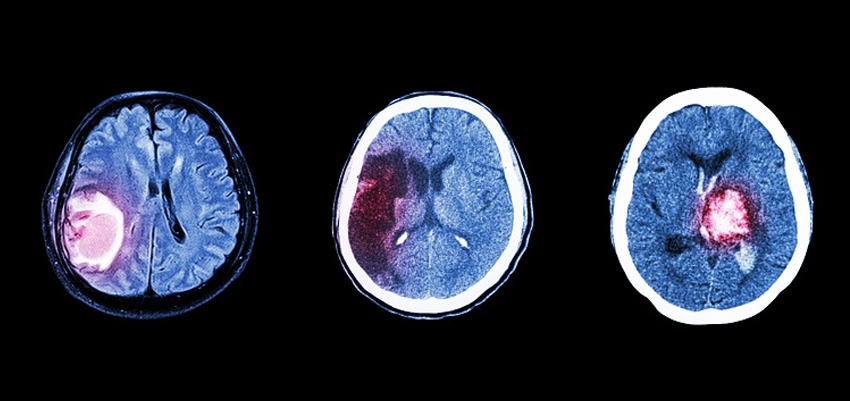Have you been told by friends and family that you just don’t focus? That you can’t seem to pay attention? Has this been an ongoing issue, but now you feel it is time to address it? Well, no matter what you may have read or heard, Attention Deficit Disorder is a very real condition. There is no simple blood test, and the diagnosis is a clinical one; that means the diagnosis is made by the physician based on the history and background, and also by ruling out other diagnoses that may act like Attention Disorder. Your doctor may order a brain scan (MRI), EEG, lab tests, and even paper and pencil testing (neuropsychological testing). Often this is a genetically transmitted disorder. There is usually a parent or grandparent or siblings with the same traits.
So what are some of the characteristics of Attention Deficit Disorder (ADD)?
We’ve all had friends or coworkers that are distracted, disorganized, impulsive, and masters of procrastination. They always have that messy room or workstation, projects started at home and work but never finished, a thousand ideas a day (and 2 or 3 might be really great….if you can sort them out from the other!). But these same people are also extremely bright, inquisitive, creative and often “the life of the office”. Their high IQ does not always translate into high achievement; hence, they suffer from an “achievement gap”. On the negative side, they have a hard time maintaining focus if they have a task or activity that is not interesting or engaging for them. Often they fidget, changing from one task to another and not completing anything. On the positive side, they have a unique ability to hyper-focus. They can maintain attention for prolonged periods of time, often hours or even days, for tasks that they enjoy.
This includes gaming, binge TV watching, computer / I.T. work, etc. So when a person with this disorder finds his or her passion, there is no ceiling to their success…assuming they use the tools and get the help that they need!
So how is ADD treated?
Think of four wheels of a car, and the driver. The first wheel is education. No, I am not talking about how far you go in school. I am talking about learning all you can about ADD; what fits, and what doesn’t. Checking out DVD’s at the library and watching YouTube videos, these are just two ways to get a handle on this issue.
The second wheel is counseling. Not insight counseling, where you talk about your parents or your feelings. That type is fairly ineffective for individuals with ADD. The type of counseling needed is goal oriented behavior modification. Let’s say you need something finished by the weekend, and it is Monday. How do you break things down so you can manage a little bit each day and not have to worry the night before it is due? You might need a friend, a life coach, or a mentor (not a family member) to help you with this.
The third wheel is adaptive devices. Like your calendar on your cell phone, a write on and wipe off board, sticky notes, a recorder….and possibly the most important, a watch. Without this, how do you know “when” you are….are you on time, late for that meeting or date, or did you get distracted and miss the appointment entirely?
The fourth wheel, not more important than the others, is medication. Sometimes this is necessary so that the other wheels can be put in place. Many patients tell me that the medication has changed their life; or more correctly, has allowed them to focus well enough to allow them to change their life.
And what is the driver? This is very important…….exercise. Not just any exercise. Aerobic exercise at your target heart rate [THR = 220 – your age X (60-80%)]. Let’s say you are 50 years old. Your THR is 170 X 60% = 102 up to 170 X 80% = 136. You need to exercise keeping your heart rate between 102 and 136 for 30 minutes. This reboots the computer of your brain and raises serotonin levels (as well as many other brain chemicals).
The last thing is to follow the mantra, OHIO: Only Handle It Once. You touch it, you own it. For example, let’s say you get your mail, see possibly a bill, you open it and decide you will get to it later. Late Fee! With OHIO one of two things could happen; open the bill and finish the task.
Write the check, put it in the mail, and you have finished the task. Or, don’t open it (let’s say you are heading out to dinner) and deal with it when you come back. That way you are managing your time. Task completion and time management.
If this sounds like you or someone one you care about, contact Neurology Office for more help. Or go online and check out Dr. Kandel’s book, Adult ADD, The Complete Guide.
Feel free to share this with the people in your life who may benefit from this information! For more insights on neurology, check out our weekly tips on our Neurology Office Facebook page.
“To Cure Sometimes, To Heal Often, To Comfort Always”
Neurology Office, Joseph Kandel M.D. and Associates
“Concierge medicine without the concierge price”













